Ikebana, the Japanese art of flower arrangement, dates back to over 500 years ago and is still practiced as a highly respected cultural art form in modern-day Japan.
Unlike conventional flower arrangements, which emphasizes the color and bloom of different flowers set in a vase, ikebana pays attention to the overall line and form of all plant material used and emphasizes minimalism and asymmetry. Ikebana also reveres the sacred relationship between man and nature with the flower arrangement usually practiced in a silent and meditative state.
- Don't Miss: 9 Eat-Me Flowers for Haute Cuisine
As ikebana has many different schools of thought, philosophies, and styles with their respective rules for proper ratios and approaches, consider finding an ikebana class or reading a book on ikebana if you are interested in pursuing this further. Serious devotees spend years, if not decades, practicing and perfecting this classical Japanese art form. So in other words, it definitely requires more effort and intent than cramming a bunch of Gerbera daisies into your grandmother's vase.
But don't forget to have fun while doing your first ikebana flower arrangement, as ikebana also delights in unexpected spontaneity as well. For inspiration, check out the Japanese American National Museum's amazing photo collection of different ikebana flower arrangements.

Just updated your iPhone? You'll find new emoji, enhanced security, podcast transcripts, Apple Cash virtual numbers, and other useful features. There are even new additions hidden within Safari. Find out what's new and changed on your iPhone with the iOS 17.4 update.
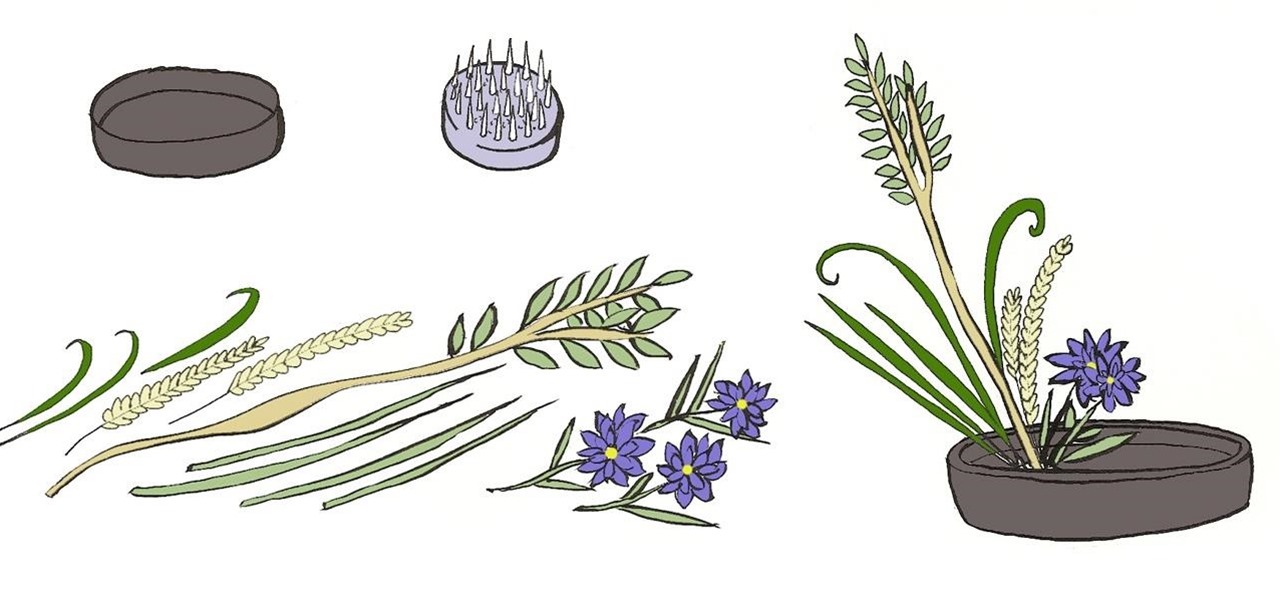


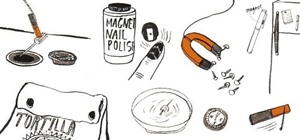
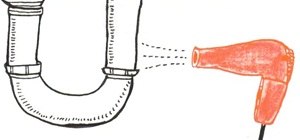
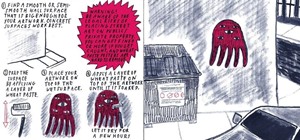


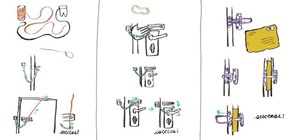
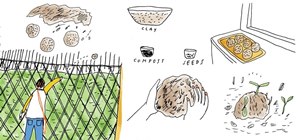
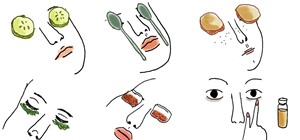
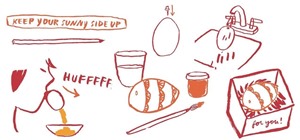
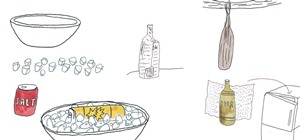
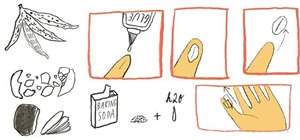

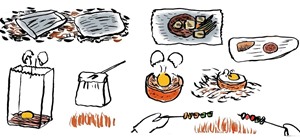
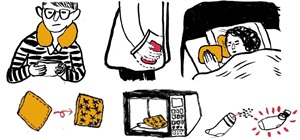
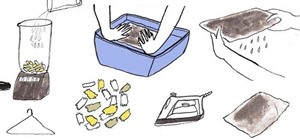
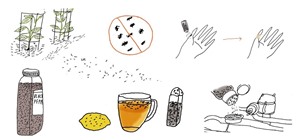
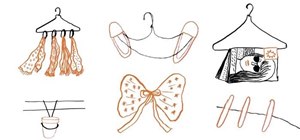

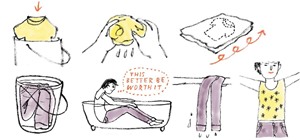
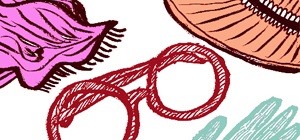
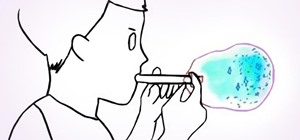
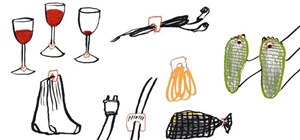
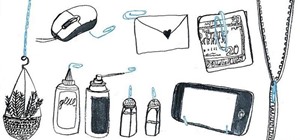
3 Comments
I love this how to do Ikebana, I have been doing Ikebana for awhile now and liked this
I liked it but the thing found confusing is the length of the longest stem. It reads 'The longest stem should be at least 1.5 times the length of the hight or width .' The question is ' length or width of what?'
The 1.5 length is based on the length and the height of your vase / container.
Add those two but do not include the bloom or blossom in the calculation.
Share Your Thoughts